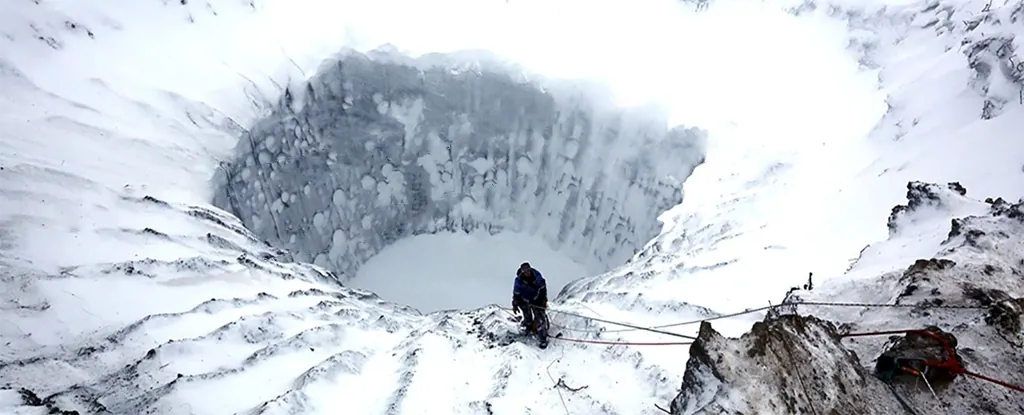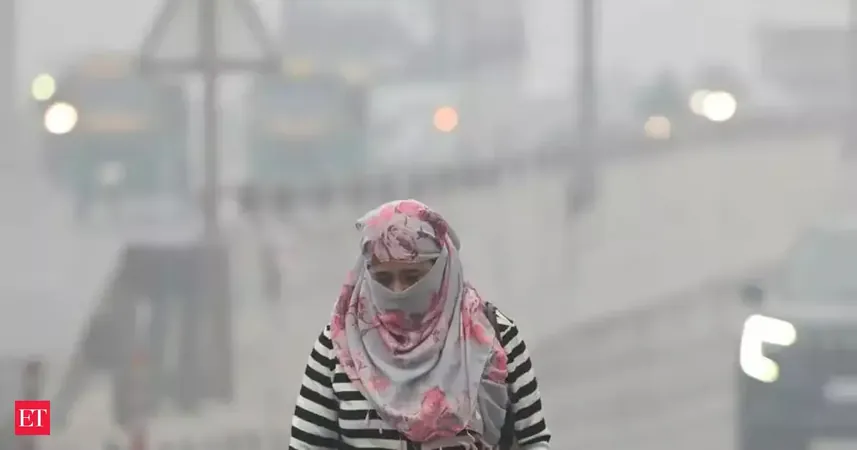
Unveiling the Mystery: The Origins of Siberia's Strange Craters
2025-09-22
Author: Li
For over ten years, the enigmatic craters in the Siberian permafrost have captivated scientists and intrigued the world. From hypotheses involving gas explosions to meteorite impacts, researchers are still exploring how these geological wonders form.
Now, a team of geoscientists from the University of Oslo, under the guidance of Helge Hellevang, has introduced a groundbreaking theory that may finally shed light on why these bizarre holes have only been spotted on the Yamal and Gydan peninsulas, rather than across other Arctic permafrost regions.
The Discovery of the First Crater
The saga began in 2014 when the first crater was unearthed in the Yamal Peninsula, measuring an astonishing 30 meters (about 98.4 feet) wide and plunging over 50 meters deep, surrounded by debris suggesting an explosive origin. The sheer vertical walls of these holes lead many to believe they were formed by advanced machinery.
A New Approach to Understanding the Craters
Hellevang and his colleagues have concluded that the driving force behind these phenomena—now known as gas emission craters (GECs)—is a substantial buildup of pressurized methane. Previous models attributed the craters solely to permafrost processes, but this new research indicates otherwise.
The scientists argue that if climate change-related permafrost processes were responsible, similar craters would likely appear in other gas hydrate-rich permafrost areas. However, this hasn’t happened, suggesting a different mechanism is at play.
The Role of Deep Geology
They propose that heat and natural gas seeping from deep within the Earth, specifically from fault systems beneath the surface of the Yamal and Gydan peninsulas, provide the necessary force for these explosive events. This notion is compelling, especially considering these regions sit atop one of the world’s largest natural gas reserves.
Climate Change as a Catalyst
Though deep geological processes are crucial, the team acknowledges that climate change plays a significant role in exposing these craters. Melting ice and the formation of new lakes may weaken the permafrost, creating a fragile 'lid' that allows gas to burst through with unprecedented force.
What's Next?
While this innovative model offers a fresh perspective on the craters’ origins, it awaits validation through real-world measurements. Only time will tell if we can truly uncover the secrets hidden beneath Siberia's icy surface.




 Brasil (PT)
Brasil (PT)
 Canada (EN)
Canada (EN)
 Chile (ES)
Chile (ES)
 Česko (CS)
Česko (CS)
 대한민국 (KO)
대한민국 (KO)
 España (ES)
España (ES)
 France (FR)
France (FR)
 Hong Kong (EN)
Hong Kong (EN)
 Italia (IT)
Italia (IT)
 日本 (JA)
日本 (JA)
 Magyarország (HU)
Magyarország (HU)
 Norge (NO)
Norge (NO)
 Polska (PL)
Polska (PL)
 Schweiz (DE)
Schweiz (DE)
 Singapore (EN)
Singapore (EN)
 Sverige (SV)
Sverige (SV)
 Suomi (FI)
Suomi (FI)
 Türkiye (TR)
Türkiye (TR)
 الإمارات العربية المتحدة (AR)
الإمارات العربية المتحدة (AR)